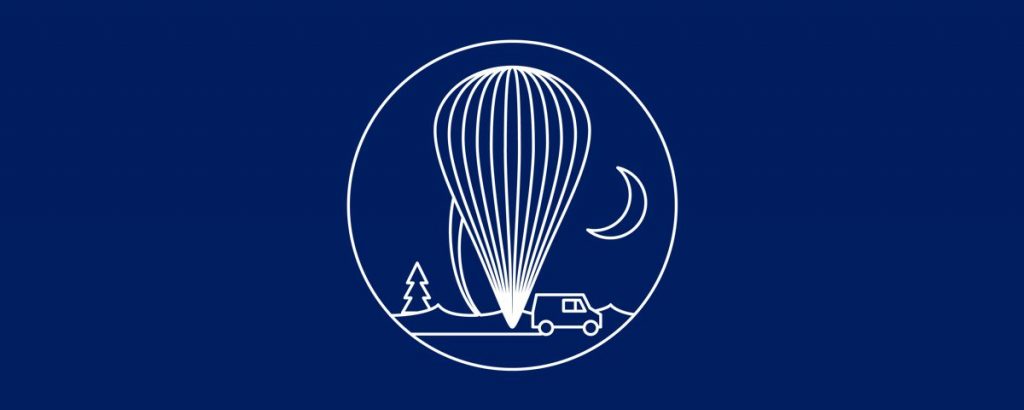PoGOLite mission loss investigation completed
On July 6, 2011, the PoGOLite balloon was launched from Esrange Space Center. The balloon did not reach the planned altitude why a decision to terminate the flight was made. The failure investigation that was initiated shortly after the mission loss is now completed. The investigation shows that the cause of the failure was a sudden change of wind speed and wind direction in combination with the balloon being loaded to a maximum. Actions have now been initiated to improve routines and procedures in order to minimize the risk for a similar mission loss to occur in the future.
Point of contact: Anna Rathsman, Senior Vice President Corporate Communications, +46 8 627 62 62
Haveriutredning PoGOLite klar
Den 7:e juli 2011 släpptes ballongen PoGOLite upp från Esrange Space Center. Ballongen nådde inte den önskade höjden på drygt 38 km varför man av säkerhetsskäl beslöt att ta ned den. Den haveriutredning som inleddes kort därefter är nu klar. Utredningen visar att orsaken till att ballongen inte nådde önskad höjd var plötsligt ändrade vindförhållanden i kombination med en maximalt belastad ballong. Vi ser nu över rutiner och procedurer för att minimera risken för liknande haverier i framtiden.
Kontaktperson: Anna Rathsman, Informationsdirektör, tel 08-627 62 62.
PoGOLite
The light-weight Polarized Gamma-ray Observer (PoGOLite) experiment is designed to measure the polarization of soft gamma rays in the 25 keV- 80 keV energy range. PoGOLite ‘pathfinder’ mission: a reduced volume instrument (61 detector units) is scheduled to fly from Esrange Space Center in the second half of June 2011.
Maiden flight
PoGOLite balloon-borne telescope will be SSC “maiden” circumpolar flight studying the polarisation of gamma-rays from pulsars. Due to the specific conditions during the Arctic summer with continuous daylight and nearly constant solar heating keeping the balloon at a constant altitude with a minimum of ballast. This balloon will be recovered in Scandinavia after 12-15 days.
The PoGoLite project is a collaborative project between Swedish, French, Japanese and US scientific teams.
SSC will build the outer structure of the payload with solar panels and will also be in charge of the power system, data communication, and the security system. SSC will be in charge of the launch facilities at Esrange Space Center.
Description of the instrument and the mission
Polarized gamma rays are expected from a wide variety of sources including rotation-powered pulsars, accreting black holes and neutron stars, and jet-dominated active galaxies. Polarization has never been measured at soft gamma-ray energies where non-thermal processes are likely to produce high degrees of polarization.
The polarization is derived from the azimuthal distribution of Compton scattering angles in the sensitive volume of the instrument. The scattering angle will be measured by detecting coincident Compton scattering and photo-absorption sites in an array of 217 phoswich detectors.
Polarization measurement requires high purity coincident signal detection. PoGOLite applies a well-type Phoswich Detector technology for this purpose. The technology has proven to be very effective in reducing source-confusion and cosmic-ray-induced backgrounds.
The PoGOLite experiment is being developed by groups in Japan, Sweden, USA and France.
Mark Pearce from KTH (The Royal Institute of Technology) is the spokesman for the international PoGOLite Collaboration and is leading the Swedish Consortium.
General information
| Launch site | Esrange Space Center |
| Launch date | July 7, 2011 |
| Mass/kg | ~2 tons |
| Balloon size | 1,2 Mm³ |
| Height | ~39 km |
Contact persons
Tomas Hedqvist, Project manager SSC

